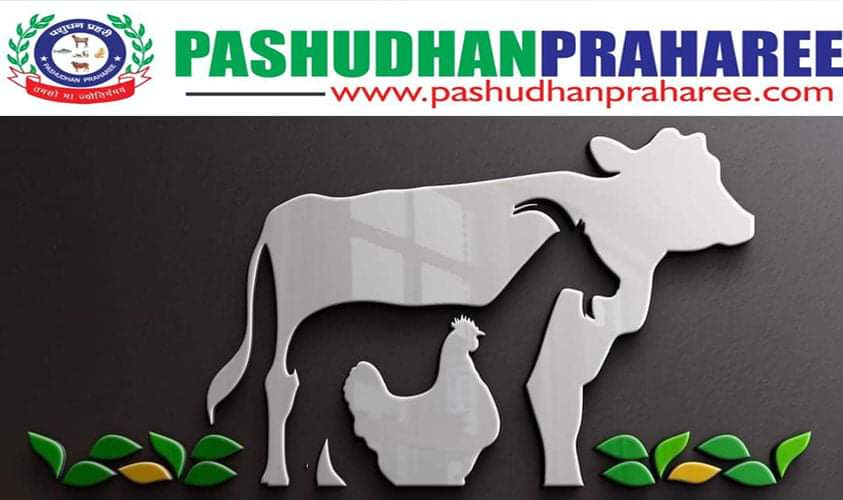FAQ ON MEAT (PART-1)
MEAT
Q.1 :
Whether ramp is required during loading and unloading of animals from the truck?
A :
Yes. To avoid fracture of bones, injuries etc it is mandatory to use ramp during loading and unloading of animals from truck.
Q.2 :
Whether ante-mortem inspection is required when animals are in the farm?
A :
Yes. Ante-mortem inspection requires when animals are in the farms, during and after transportation, in the lairage and just before slaughter.
Q.3 :
Is it necessary to keep fasting of the animals before slaughter?
A :
Yes. Animals/birds should be kept on fasting from afternoon prior to slaughter next day morning. But they should provide plenty of fresh water during fasting.
Q.4 :
Why fasting should be done to meat animals?
A :
Fasting empties the gastro-intestinal tracts induces better bleeding, reduces microbial load, helps in good quality of meat.
Q.5 :
Can use of gourds for forward movement affect meat quality?
A :
Yes. Use of gourds or any electrical device for forwarding the animals during slaughter can affect meat quality.
Q.6 :
Whether animal can be slaughtered in front of other animals?
A :
No, other animals may be excited and feared affecting meat quality.
Q.7 :
Why stunning should be done during slaughtering the animals?
A :
This induces unconsciousness of the animal so that unnecessary struggling is avoided.
Q.8 :
How stunning helps to improve meat quality?
A :
Stunning induces better bleeding, reduces microbial load, helps in tenderization of meat.
Q.9 :
What precaution should be taken while removing the skin of the animal?
A :
The trained flayer is required to obtain better quality skin by following scientific methods of flaying.
Q.10 :
Can skins be thrown on the slaughter floor?
A :
No, skin should be collected in chute/wheel barrow immediately to the hide and skin section of the slaughterhouse.
Q.11 :
How skins and hides can be preserved?
A :
The fresh skins and hides are trimmed off meat and fat tissues from the flesh side and either dry curing or wet curing is followed for preservation.
Q.12 :
How blood, inedible viscera, condemned parts and carcasses can be used?
A :
Blood and inedible viscera can be profitably used by preparation of blood meal, carcass meal, meat meal, meat-cum-bone meal and be recycled as livestock feed.
Q.13 :
Whether viscera and skin can be kept in the same room along with meat?
A :
No, viscera and skin should be kept in separate room and maintain temperature at 7°C.
Q.14 :
After bleeding whether carcass needs hanging for removal of skin and viscera?
A :
Yes. When carcass is hanging that make easier to remove skin and viscera and microbial quality of meat will also improve.
Q.15 :
Whether washing is necessary after removal of skin and viscera?
A :
Yes. Washing with potable water should be given after removal of skin and viscera
Q.16 :
Which type of floor is required for slaughtering of animals?
A :
Non-slippery, non-absorbable concrete floor is required for slaughtering of animals.
Q.17 :
Whether wooden structure can be used for cutting of meat?
A :
No. Because wooden structure cannot be cleaned and dried properly after cutting and also there is a chance to come wooden piece along with meat.
Q.18 :
Which type of cutting board is required for cutting meat in to pieces?
A :
Thick cutting board made up of PVC available in the market should be used for meat cutting.
Q.19 :
Whether black or any coloured packaging films can be used for packaging of meat and meat products?
A :
No. Always use colouless polyethylene (LDPE/HDPE) bags for packaging of meat and meat products
Q.20 :
How many days raw meat can be kept in refrigeration (4°C) cabinet
A :
Raw meat can be kept maximum up to 7 days in refrigeration (4°C) cabinet (except pork) before preparation.
Continue—
Reference-On Request



